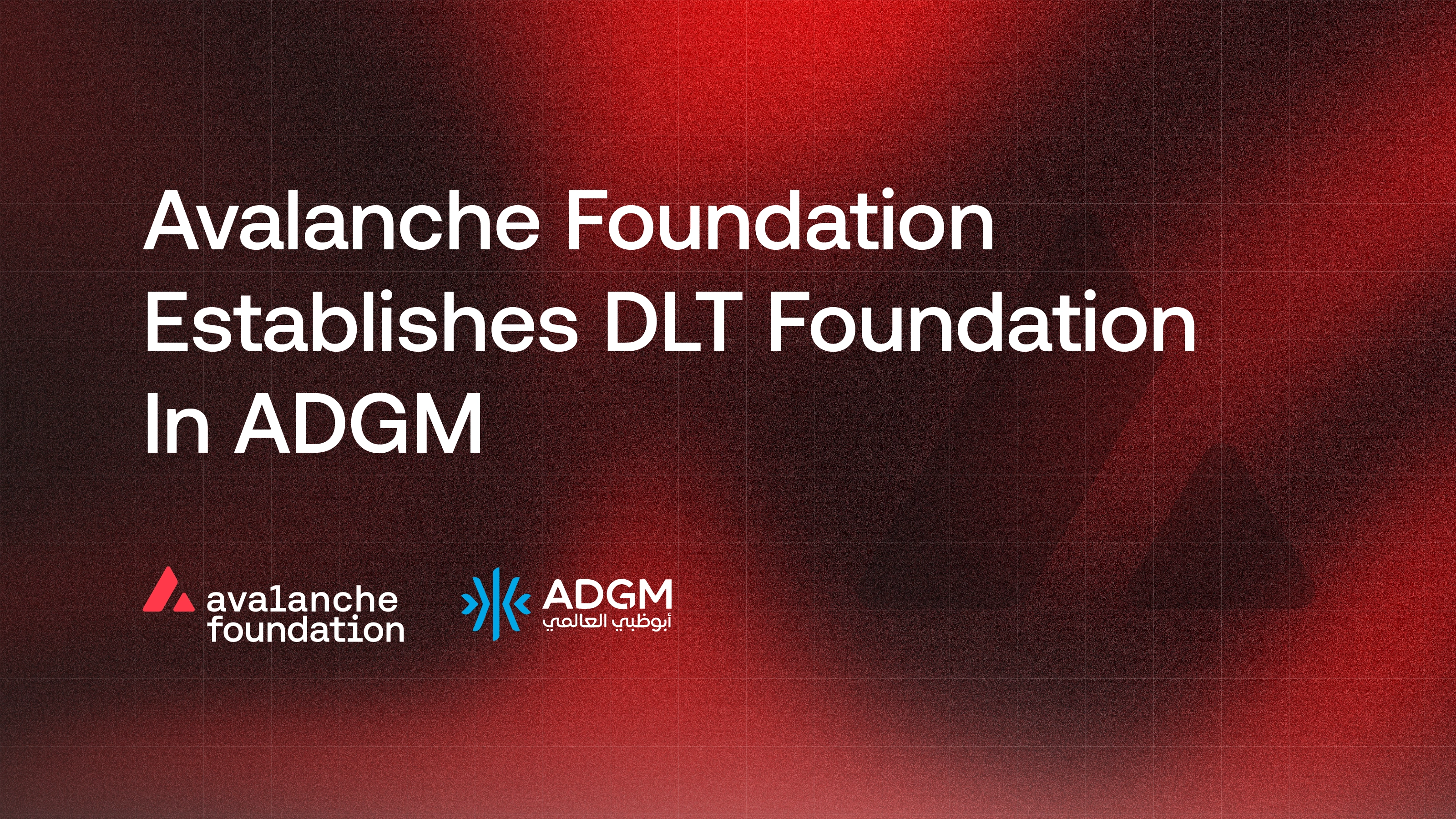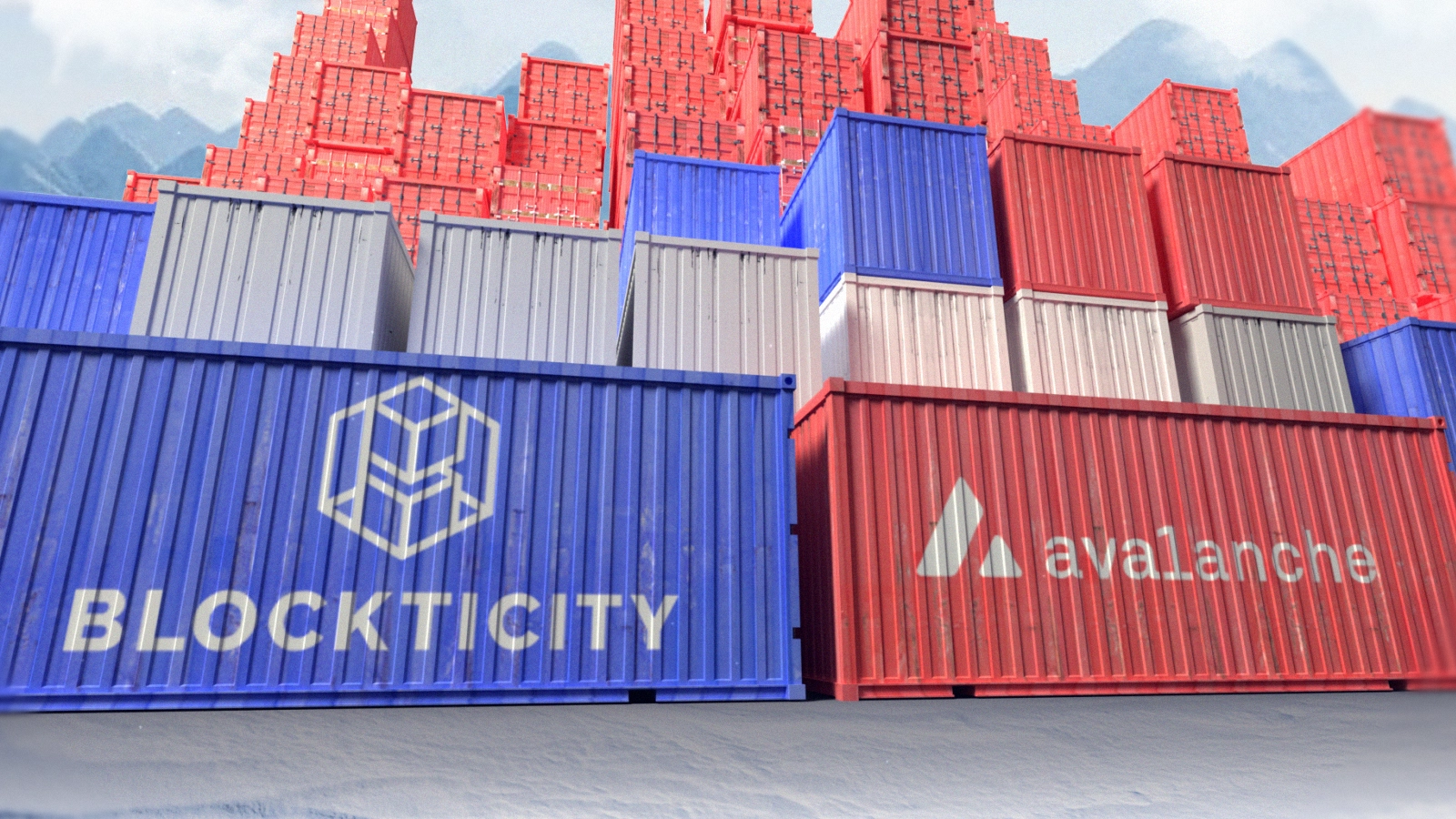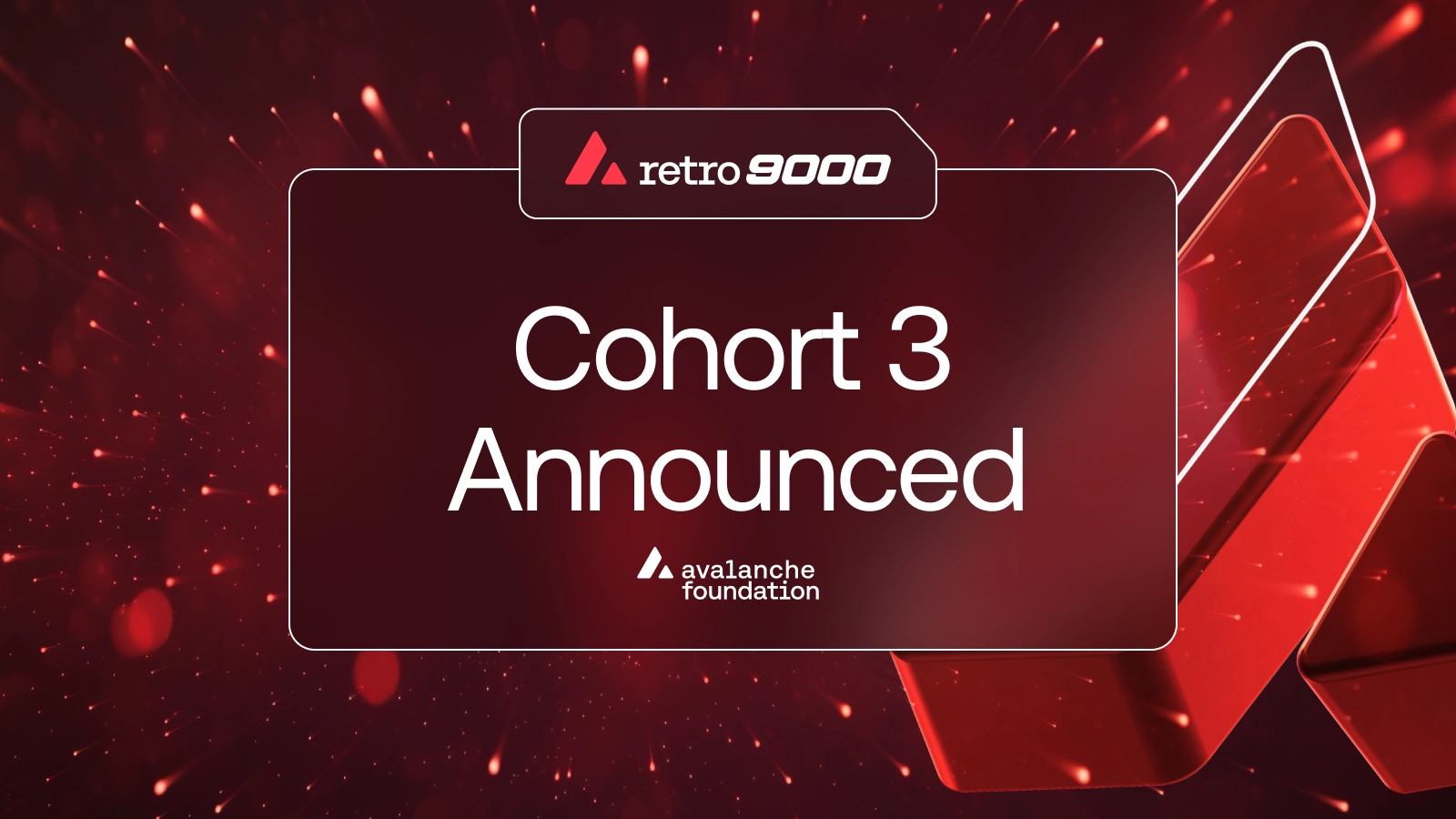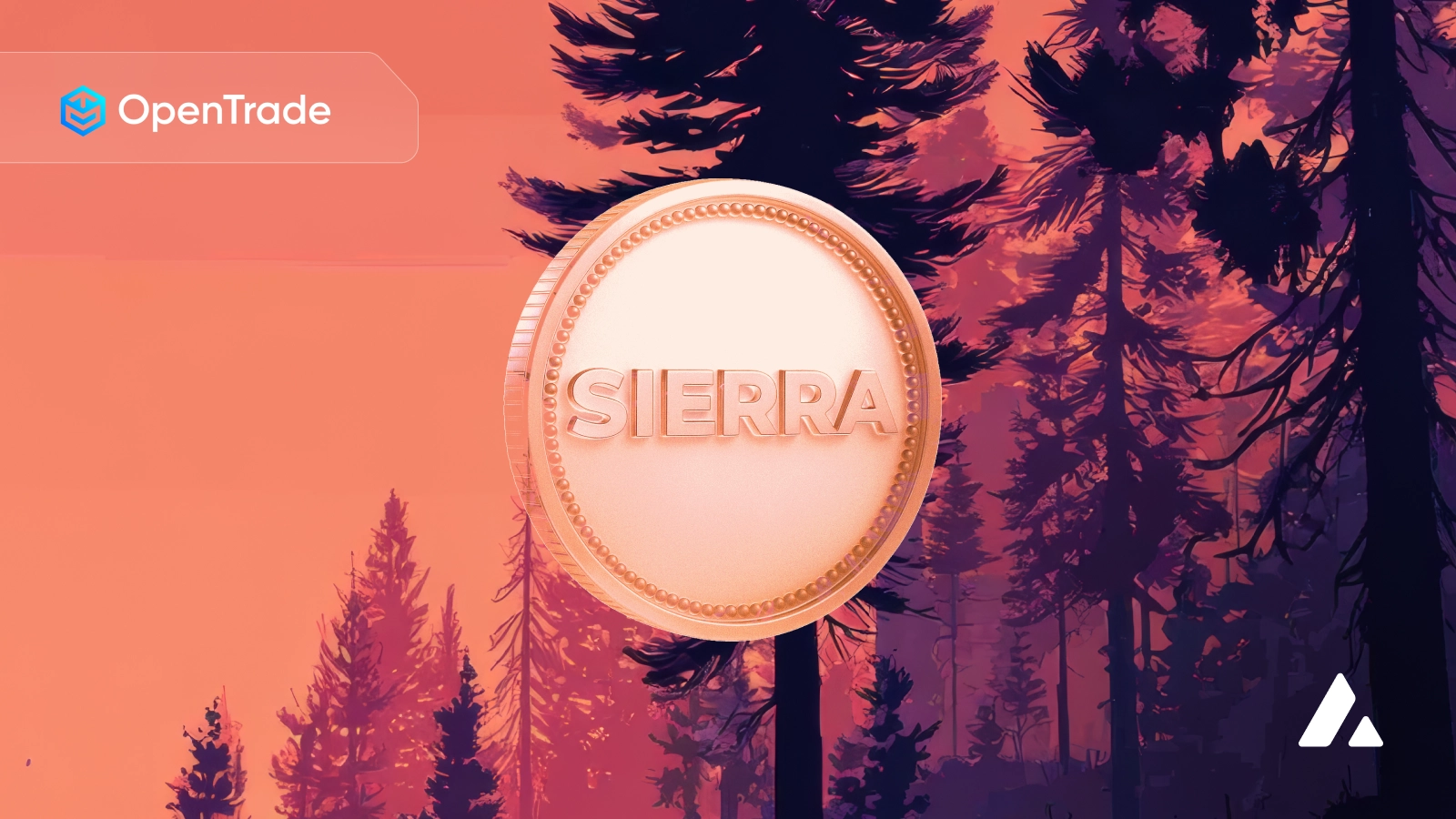NFTs
What are NFTs
By Avalanche / 12 Minute Read
NFTs—short for “non-fungible tokens”—have been in the news quite often over the last few years, frequently mentioned in headlines linking them to improbably large sums of money. The buying and selling of NFTs has become big business in just a short period of time. Recent news reports involving NFT transactions include:
In March 2021, a digital NFT by the artist Beeple (Mike Winkelmann), titled "Everydays: The First 5000 Days," was sold by the Christie's auction house for a sum of $69,346,250.
That same month, Twitter CEO Jack Dorsey managed to sell his first-ever tweet, originally published on March 21, 2006, for $2.9 million. The multi-million-dollar tweet consists of exactly five words: "just setting up my twttr."
“CryptoPunk #7523”—part of a series of 10,000 pixelated 24x24 images created by the Larva Labs studio—sold at a Sotheby's auction for $11.8 million in June 2021.
These kinds of big-ticket items naturally attract worldwide headlines, but it would be a mistake to assume that NFTs are necessarily extremely pricey valuables. Some can be purchased for under $100. Many others hover around the four- or five-figure range. And their market value can fluctuate wildly over time, just as art collectibles do. The total sales volume for NFTs hit $14 billion in 2021—and there’s every indication that demand for these digital collectibles will continue to rise. If you have any interest in this exciting new trend, now is probably an ideal time to dive into the world of NFTs. You may, however, have a few questions relating to the NFT phenomenon. That’s understandable—most of the relevant articles you find on the Internet give you no more than a quick bird’s-eye view of NFT and why they’re considered so valuable. With that in mind, we’ve assembled a brief guide to NFTs that will clear away some mysteries surrounding these collectibles.
What Is an NFT?
NFT stands for “non-fungible token”—but what does that mean, exactly? Let’s look at each component of this phrase: non-fungible and token. The Merriam-Webster Dictionary defines fungible as "capable of mutual substitution." A fungible asset, therefore, is one that can be replaced with another in a manner that does not result in any loss of value. An obvious example is money. A one-dollar bill is always equivalent to another one-dollar bill. It is also always equivalent to four quarters, ten dimes, twenty nickels, and a hundred pennies. (We’re talking about the face value of money; let’s not get into the topic of rare coins and bills that could be considered collector’s items.) Cryptocurrency like AVAX is fungible as well. However, not all assets can be exchanged in this way. Concert tickets are one counter-example. When you purchase a concert ticket, you’re basically buying the right to occupy a specific seat for the duration of a specific show. You can’t really exchange your ticket with another, even if it’s for the same concert—because every ticket has a unique assigned seat. That quality makes concert tickets non-fungible. So it is with NFTs. Every NFT is unique—non-fungible. When you purchase an NFT—whether it’s for a trading card, a video, a multi-million-dollar piece of digital artwork like those listed above, or another item—you’re getting something no one else in the world has. NFTs are also tokens. Tokenization is a well-established concept in the realm of data security. It has to do with connecting a valuable item to a token that has no intrinsic value. These tokens can be used to prove ownership of or provide a level of access to the items they represent. NFTs work in a very similar way. In effect, an NFT serves as a certificate of ownership, allowing you to legally stake your claim on a specific item existing on- or off-line and present proof of this claim when needed. If you wish to transfer ownership of the item in question, you can sell your NFT to another party. Because you’re essentially trading tokens, this process is extremely simple.
How Do NFTs Work?
NFTs are maintained on blockchains, which provide a number of key benefits. One benefit is the publicly accessible nature of blockchains. Blockchain data is freely available to anyone. This is equally true of all the information recorded in an NFT. Anyone can look up the identity of the current owner of a particular NFT as well as the transaction history associated with the token. This makes it effectively impossible for anyone to misrepresent their ownership of an NFT. If you have any doubts about who owns an NFT, or who created it, or when it was first sold, you can easily verify that information all by yourself. You can also confirm ownership of your NFTs with the private key associated with each token. An NFT can have only one owner at any given time. Recently, however, the emergence of fractionalized non-fungible tokens (F-NFTs) has complicated the picture somewhat. F-NFTs enable the value of a particular collectible to be broken down into smaller, more affordable units that can be purchased individually, thus spreading the benefits of ownership among multiple parties. NFTs also benefit from the immutable nature of blockchain transactions. Once a block has been verified, the data recorded within it cannot be feasibly altered. Any attempt to hack a block to falsify data will change the hash associated with that block, which in turn alters the hash of any and all subsequent blocks. This tinkering will be readily detected by validators who have a copy of the digital ledger. NFT transactions on the blockchain are managed by smart contracts, which automate and streamline the process without the need for a third party. These also serve to give content creators a large degree of control over their NFTs. For instance, some creators collect royalties every time their NFT is sold, potentially generating a source of revenue for years to come—all without the need for a third-party intermediary to manage the process or take a cut of the proceeds. For the most part, owning an NFT doesn’t give you the exclusive right to view its content. For instance, all that big-money NFT content mentioned at the beginning of this article can be easily seen by anyone on the internet. Jack Dorsey’s $2.9 million tweet is still out there in cyberspace. So what’s the point of buying an NFT? Simply put, people want to own things—they like the idea of belonging to an exclusive club of one. It’s the same impulse that drives people to purchase an old original Warhol painting that has already been reproduced many times in relatively inexpensive books.
What Kinds of NFTs Are There?
NFTs are still a fairly new phenomenon. It’s likely that the future will bring many innovations in the design and usage of NFTs—but for the time being, they are already available in a wide range of types. What follows are some real-world examples of NFTs:
Digital art
- This is the type of NFT that has generated the most headlines in recent months, with multiple reports of six-, seven-, and eight-figure sales. Digital art can be almost any kind of image that appears on your computer screen, from a simple avatar to an abstract collage of colors. Like traditional high-end artwork, NFT art is often connected to “celebrity” artists whose name alone can generate substantial publicity. However, there is a lot of activity on the opposite end of the value spectrum, as many people are collecting nifty artwork at very affordable prices.
In-game items
- NFTs have opened up new possibilities for gamers, who have long been accustomed to "grinding" sessions to acquire rare digital items for use. With NFTs, these items can have a life outside the confines of the game itself. Gamers can store data on NFTs to ensure that their hard-won trophies stay around even if the game itself becomes obsolete. Developers can utilize smart contracts to track sales and resales of their NFTs—and collect a royalty each time it changes owners.
Music
- Some musical artists have begun releasing songs and even entire albums in NFT form. In March 2021, the band Kings of Leon released their album When You See Yourself as a series of three tokens, which included exclusive art and tickets to the band's live shows. This was the first time an entire album of new music by a notable act was made available to the public as an NFT, but it will surely not be the last.
Internet memes
- Even those cute cartoon animal gifs and related memes you see all over the web can become NFTs. One example is the Nyan Cat video, which sold as an NFT at auction for about $587,000.
Tickets to live events
- Blockchain technology holds enormous potential to remake the tangled process of buying and selling tickets to music concerts, theatrical performances, and other live events. NFT tickets are already widely available—but some observers believe that NFT technology may even be able to curtail scalping. With smart contracts, it’s possible to place limits on the resale value of a ticket, effectively placing limits on the greed of scalpers as well.
Collateralized loans
- Many people are using NFTs to secure loans. By putting up one or more NFTs as collateral, you can obtain cryptocurrency like AVAX. What happens if there’s a default? That’s where smart contracts come into play, automating the defaulting process without any human intervention.
Video clips
- Online videos can be tokenized and offered for sale through the power of NFT technology. Often these clips are from famous events—such as the winning play at a championship football game.
This is hardly an exhaustive list of NFT implementations. Basically, NFTs can be useful when it comes to managing ownership of just about any type of asset. NFTs are nearly unhackable and completely unreliant on a centralized authority. These factors give content owners an unprecedented range of options. As NFT technology continues to expand and evolve, it will probably play an increasingly important role in the management of offline assets as well—such as automobiles, real estate, and other types of property. Blockchains allow these kinds of assets to be transferred and secured with few of the “hoops” that traditionally have needed to be navigated.
Do NFTs Harm the Environment?
Not all the flashy headlines about NFTs have to do with those impressive auction sales. There have also been widespread reports that NFTs are harming the environment. To be more specific, a lot of observers are concerned that the massive computational power used to create and maintain NFTs are contributing significantly to the ongoing damage our industrialized society is inflicting on Mother Nature. According to one estimate, the average NFT will eventually generate a carbon imprint of 211 kg of CO2. That’s about as much as an average car creates by driving more than 500 miles. When you consider the booming demand for NFTs, it’s not hard to imagine that we could be heading toward some kind of ecological disaster. However, the reality of the situation isn’t so simple. Most calculations on the carbon footprint of NFTs are based on the assumption of a proof-of-work (PoW) consensus mechanism, which requires transactions to be verified through solving an arbitrarily designed puzzle. The PoW protocol is indeed very energy-intensive; it needs to be in order to prevent 51% attacks and keep the blockchain properly secured. Verifying transactions properly requires a large amount of computer power. But what if there were a less energy-intensive alternative to the proof-of-work protocol? There is, and it happens to be one currently used by the Avalanche blockchain. The proof-of-stake (PoS) protocol requires far less computer power than the older PoW mechanism. PoS works by selecting validators based on how many crypto tokens they have staked. On Avalanche, the minimum stake as a validator is 2,000 AVAX. This process disincentivizes fraud while at the same time expending much less computational power than the PoW protocol requires. For those that are less tech savvy but still want to stake, you can also delegate your AVAX to a validator and will earn yield based on the amount of time you delegate for. On Avalanche to delegate only takes a minimum of 25 AVAX. Implementing the proof-of-stake protocol enables Avalanche to cut energy consumption dramatically. A report issued by the Crypto Carbon Ratings Institute (CCRI) found that Avalanche requires only 0.0005% of the energy consumed by Bitcoin, and 0.0028% of that used by Ethereum. To put it another way, Bitcoin consumes as much energy per year as 8.5 million American households. Avalanche uses only as much as forty-six households. The crypto industry owes a huge historical debt to the PoW mechanism. Blockchain as we know it would never have been possible without proof-of-work verification. But it’s clear that if blockchain is to evolve in an eco-friendly manner, and accommodate the growing demand for NFTs, then the clear benefits of proof-of-stake will be progressively more difficult to ignore.
How Do You Build NFTs
Designing an NFT requires creating a smart contract that will work effectively within the parameters you set for it. Fortunately, there are a number of smart contract standards out there you can consult. These include:
ERC-721
- ERC-721 (Ethereum Request for Comments 721) is a Solidity-compatible smart contract that links assets to their owner's address and permits the smooth transfer of these assets. The CryptoKitty blockchain game uses the ERC-721 standard.
ERC-1155
- Increasingly popular in the gaming community, ERC-1155 permits any number of assets to be sent to any number of recipients in one transaction. This accommodates the demand for fungible and non-fungible assets in games.
EIP-2309
- This standard allows the user to mint any number of NFTs in a single transaction.
These standards are well worth the effort of learning about them. Like NFTs themselves, smart contracts will surely continue to evolve in response to user needs and market conditions. Getting started with Avalanche is easy. Before long, you'll have full access to a revolutionary smart contracts platform with unsurpassed time-to-finality, a huge number of validators, and fast transactional throughput.


















